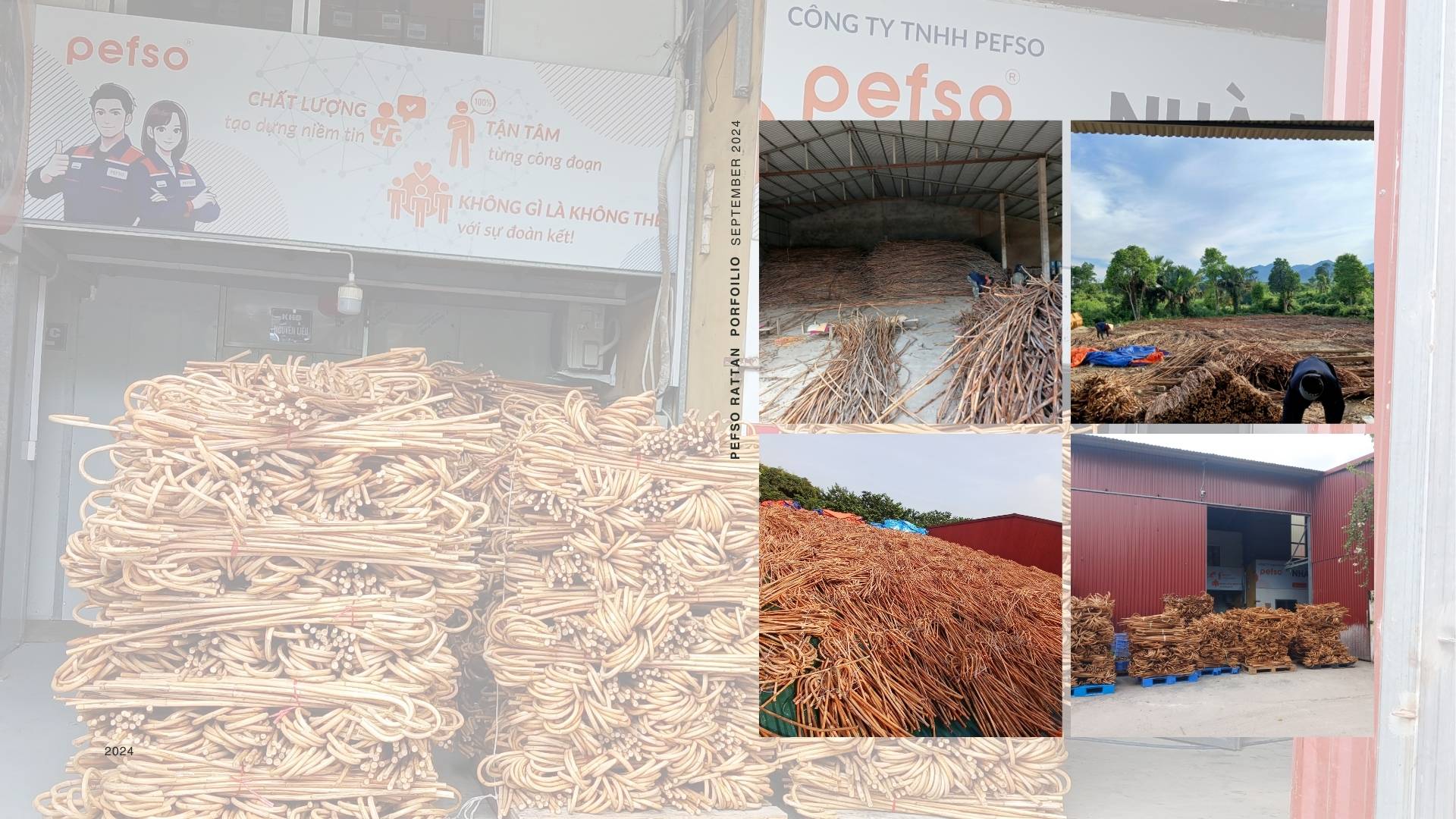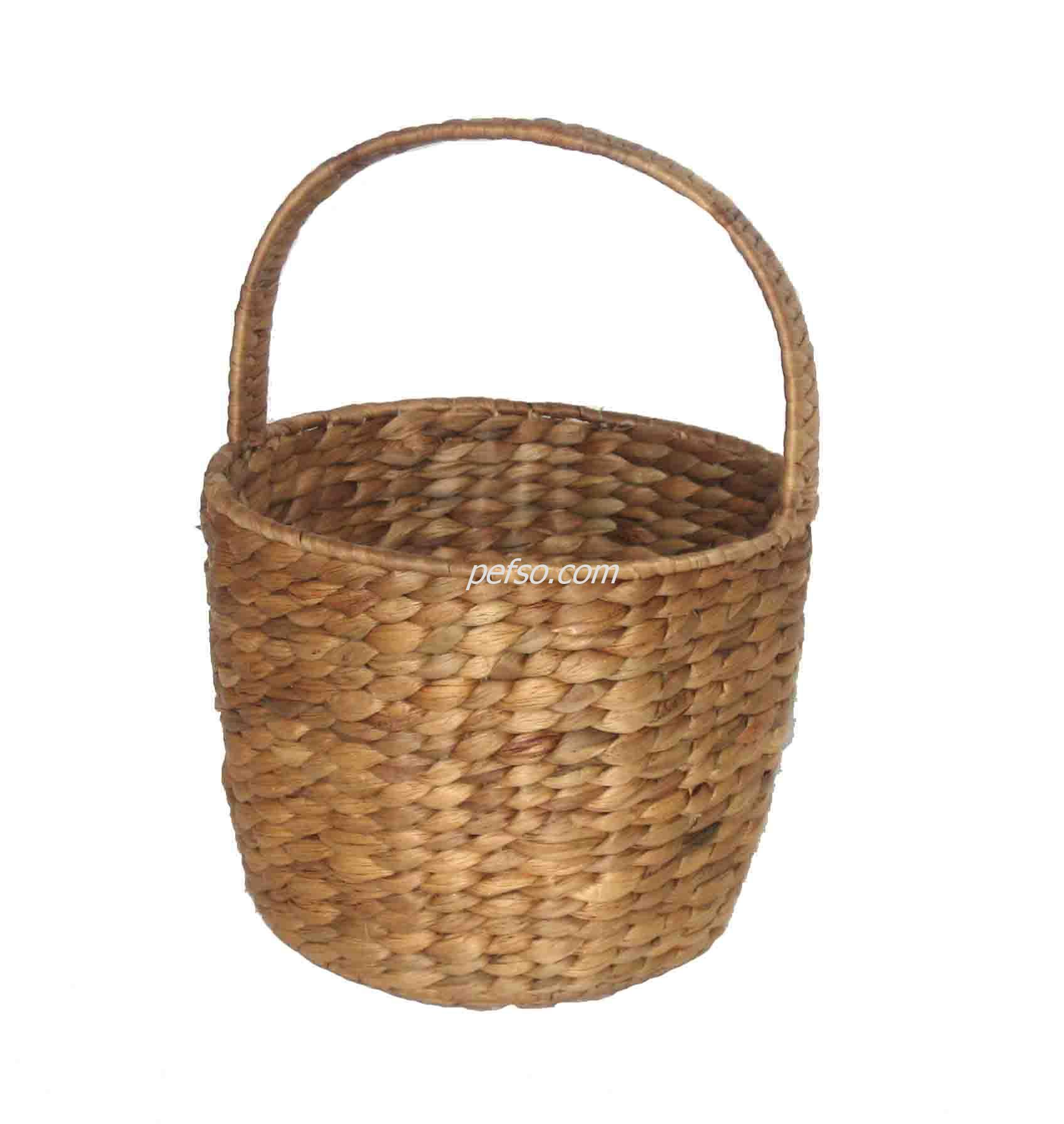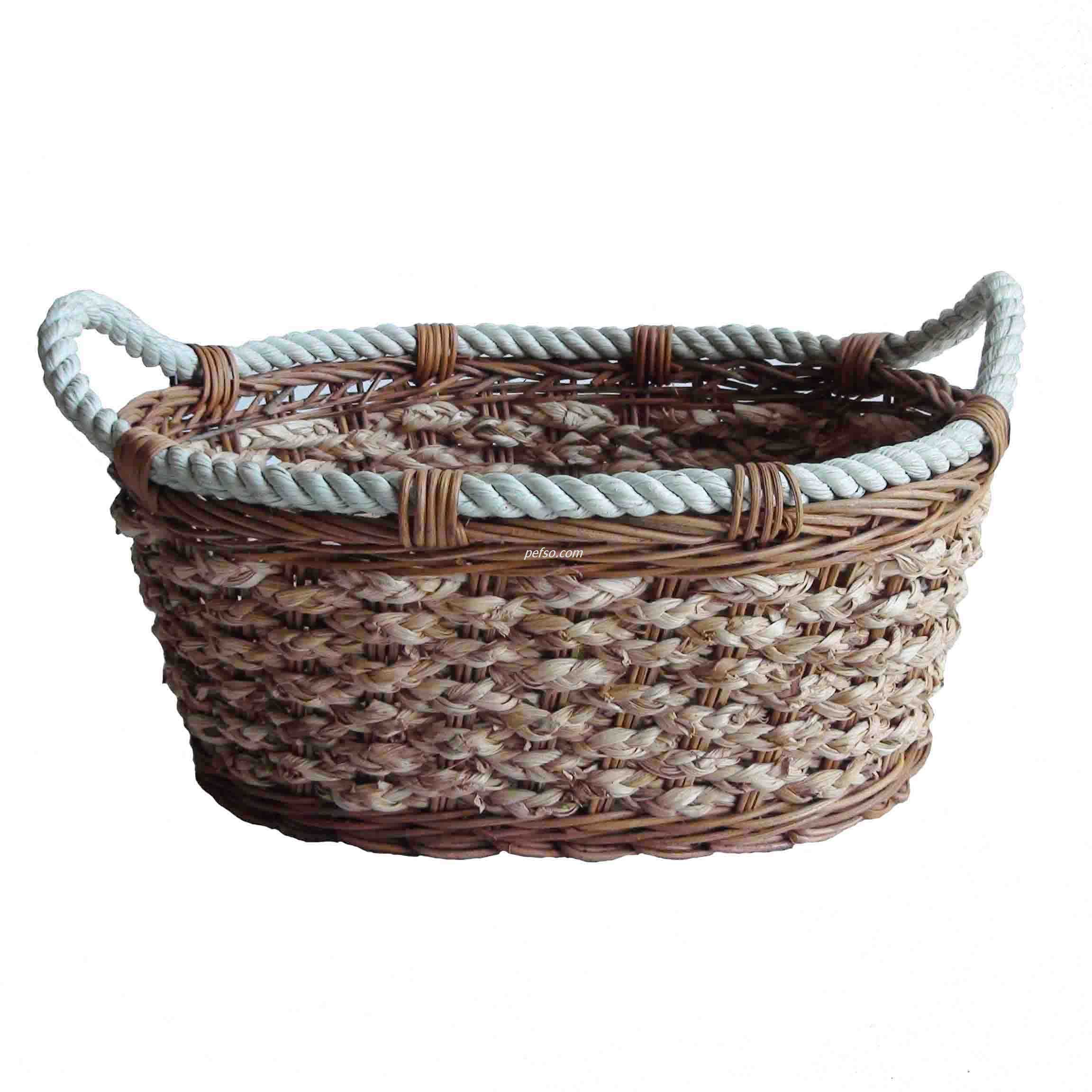The global demand for sustainable materials has been steadily rising, and natural rattan has emerged as a leading choice for various applications in furniture, interior design, and home decor. Renowned for its eco-friendly properties and versatility, rattan is increasingly favored by manufacturers, designers, and consumers worldwide. But with rattan available from multiple sources, how can you decide which type is best for your needs?
In this comprehensive guide, we explore the unique characteristics of Vietnamese rattan, compare it with rattan from other leading exporters, and help you make an informed decision about sourcing the right rattan material for your business.
Understanding Vietnamese Rattan: A Unique Resource
Vietnam is a key player in the global rattan market, offering a diverse range of rattan species. Here are some of the unique characteristics that make Vietnamese rattan stand out:

1. Rich Diversity of Rattan Species
Vietnam boasts over 40 species of rattan, particularly in regions like Quang Nam, Binh Dinh, and the Central Highlands. The country’s tropical climate, abundant rainfall, and fertile soil provide ideal growing conditions for rattan, which result in a product known for its flexibility, strength, and natural aesthetic qualities. According to the Vietnam Rattan Bamboo Association, the abundance and diversity of rattan species in Vietnam contribute to its reputation as a high-quality rattan supplier.
2. Sustainable Harvesting Practices
Vietnam has a long tradition of sustainable rattan cultivation and harvesting, dating back centuries. Local communities have perfected techniques that minimize environmental impact, ensuring that rattan resources are replenished naturally. For example, rather than clear-cutting, only mature stems are harvested, allowing younger plants to continue growing. This approach helps maintain the ecological balance and ensures a consistent supply of rattan for future generations.
3. Expertise in Processing and Craftsmanship
Vietnam is not only known for its raw rattan resources but also for its expertise in processing. Vietnamese artisans have a deep understanding of the material’s properties and how to process it to achieve different qualities. For instance, techniques like oil boiling and sun-drying help enhance the durability, color retention, and resistance to insects and moisture. This craftsmanship is passed down through generations, ensuring high standards in quality and design.
Comparison with Other Major Rattan Exporters
While Vietnam offers significant advantages in the rattan market, it is essential to understand how its rattan compares to that of other leading exporters. Below is a comparison of rattan from Vietnam, Indonesia, the Philippines, Thailand, and China:
|
Country |
Rattan Characteristics |
Key Advantages |
Key Challenges |
|---|---|---|---|
|
Vietnam |
Flexible, strong, with a natural aesthetic; sustainable harvesting practices; diverse species. |
High quality, sustainability, versatile applications, cost-effective. |
Competition from other low-cost suppliers; need for continued innovation. |
|
Indonesia |
Dense, durable, ideal for heavy-duty furniture; abundant rattan forests, especially in Kalimantan and Sulawesi. |
High density, durability; well-established export markets. |
Export restrictions on raw rattan; focus on semi-finished products. |
|
Philippines |
Lightweight, smooth texture, ideal for delicate weaving; high-quality Calamus species. |
High-quality for niche markets; light and flexible. |
Limited supply due to over-harvesting; smaller scale production. |
|
Thailand |
Specialized in handcrafted rattan items; smaller-scale industry. |
Unique, artisanal products; focus on premium markets. |
Limited production capacity; less suited for large-scale industrial use. |
|
China |
Often blends rattan with other materials; focuses on large-scale manufacturing. |
Cost-effective for mass production; large domestic market. |
Intensive processing can compromise natural qualities; environmental concerns. |
1. Indonesia: The World’s Largest Rattan Exporter
Indonesia is the largest exporter of rattan globally, with vast rattan forests concentrated in Kalimantan and Sulawesi. Indonesian rattan is prized for its density and durability, which makes it ideal for heavy-duty furniture and outdoor use. However, the Indonesian government has implemented restrictions on the export of raw rattan to promote local processing industries, which limits the availability of raw materials for international buyers. Most of Indonesia’s exports are semi-finished or finished products, which can be less flexible for businesses looking to source raw materials.
2. Philippines: High-Quality but Limited Supply
The Philippines is known for its high-quality Calamus rattan species, primarily found in Luzon and Mindanao. This rattan is lightweight and has a smooth texture, making it suitable for delicate weaving and lightweight furniture. However, the Philippine rattan industry faces challenges such as over-harvesting, limited supply, and smaller-scale production compared to Vietnam. This makes it less reliable for large-scale industrial use.
3. Thailand: Specialized in Artisanal Products
Thailand’s rattan industry is smaller but specialized, focusing on producing unique handcrafted items for premium markets. Thai rattan products are often high-quality and cater to niche markets, but the industry lacks the production capacity needed for large-scale use like Vietnam or Indonesia. Thailand’s strength lies in its focus on quality and design, targeting high-end consumers.
4. China: A Blended Approach with Mass Production
China is both a producer and importer of rattan, with a focus on large-scale manufacturing for domestic and export markets. Chinese rattan products often blend rattan with other materials and undergo intensive processing to meet mass-market demand. While this approach can be cost-effective, it often compromises the natural qualities of rattan. Additionally, China’s environmental practices have faced scrutiny, which could affect consumer perceptions in markets that prioritize sustainability.
Why Choose Vietnamese Rattan?
Based on the characteristics and comparisons above, Vietnamese rattan offers several competitive advantages:
1. Flexibility and Versatility
Vietnamese rattan is highly versatile and suitable for a wide range of applications, from sturdy furniture to intricate home decor. Its flexibility allows it to be molded into various shapes without losing strength or integrity. This makes it a preferred choice for designers and manufacturers who require both durability and aesthetic appeal.
2. Sustainability
Vietnam is committed to sustainable rattan harvesting practices, including reforestation initiatives and strict management of rattan resources. This ensures a steady supply of high-quality rattan while minimizing environmental impact. For businesses looking to align with global sustainability trends, choosing Vietnamese rattan is a strategic decision.
3. Cost-Effectiveness
Due to its abundant local resources and efficient supply chains, Vietnamese rattan often offers a better price-to-quality ratio compared to other suppliers. This makes it a cost-effective solution for businesses looking to balance quality with affordability.
Expert Insights on Vietnamese Rattan
According to Dr. Nguyen Thi Hong, an expert in sustainable materials from the University of Hanoi, “Vietnamese rattan stands out not only for its natural qualities but also for the country’s commitment to sustainable practices. The ability to offer high-quality, eco-friendly products at competitive prices makes Vietnam a compelling choice for international buyers.”
In a report by the International Network for Bamboo and Rattan (INBAR), Vietnam is highlighted as a growing hub for rattan due to its rich natural resources and government support for sustainable practices.
How to Choose the Right Rattan Material for Your Needs
When selecting rattan materials, consider the following factors:
1. Purpose and Application
Determine the intended use of the rattan, whether for furniture, decor, or accessories. For example, oil-boiled and sun-dried rattan is ideal for outdoor furniture due to its enhanced durability, while peeled rattan fibers are perfect for intricate weaving and fine furniture.
2. Durability Requirements
Assess how the rattan will handle wear and tear, UV exposure, and moisture. Vietnamese rattan, especially when processed properly, offers excellent durability for both indoor and outdoor applications.
3. Design Preferences
Match the texture, flexibility, and natural finish of each rattan type to your desired aesthetic style. Vietnamese rattan’s natural look and versatility make it suitable for various design trends, from minimalist to bohemian.
Expert Tips for Maximizing the Benefits of Your Rattan Purchase
To get the most out of your rattan purchase, follow these expert tips:
1. Proper Maintenance and Care
To prolong the life of your rattan products, clean them regularly with a soft cloth and avoid excessive exposure to sunlight and moisture. Applying a thin coat of furniture wax can help maintain the rattan’s natural shine and protect it from drying out.
2. Choosing a Trusted Supplier
Select a supplier like Pefso, which adheres to sustainable practices, ensuring that your rattan products are not only high-quality but also ethically sourced. Pefso’s quality control measures guarantee consistency and reliability in every batch.
Conclusion
Vietnamese rattan offers unique advantages in terms of quality, sustainability, and cost-effectiveness, making it an excellent choice for businesses worldwide. By understanding the differences between Vietnamese rattan and other sources, you can make informed decisions that best suit your needs.
Pefso is committed to providing premium, sustainably sourced rattan products. Contact us today to learn more, request samples, or get a customized quote tailored to your specific requirements.
Link: https://essencehome.blogspot.com/2024/09/the-ultimate-guide-to-choosing-right.html
Contact us
Interested in elevating your products with our high-quality, sustainable rattan materials? Contact Pefso today to learn more, request a sample, or get a customized quote tailored to your needs!











